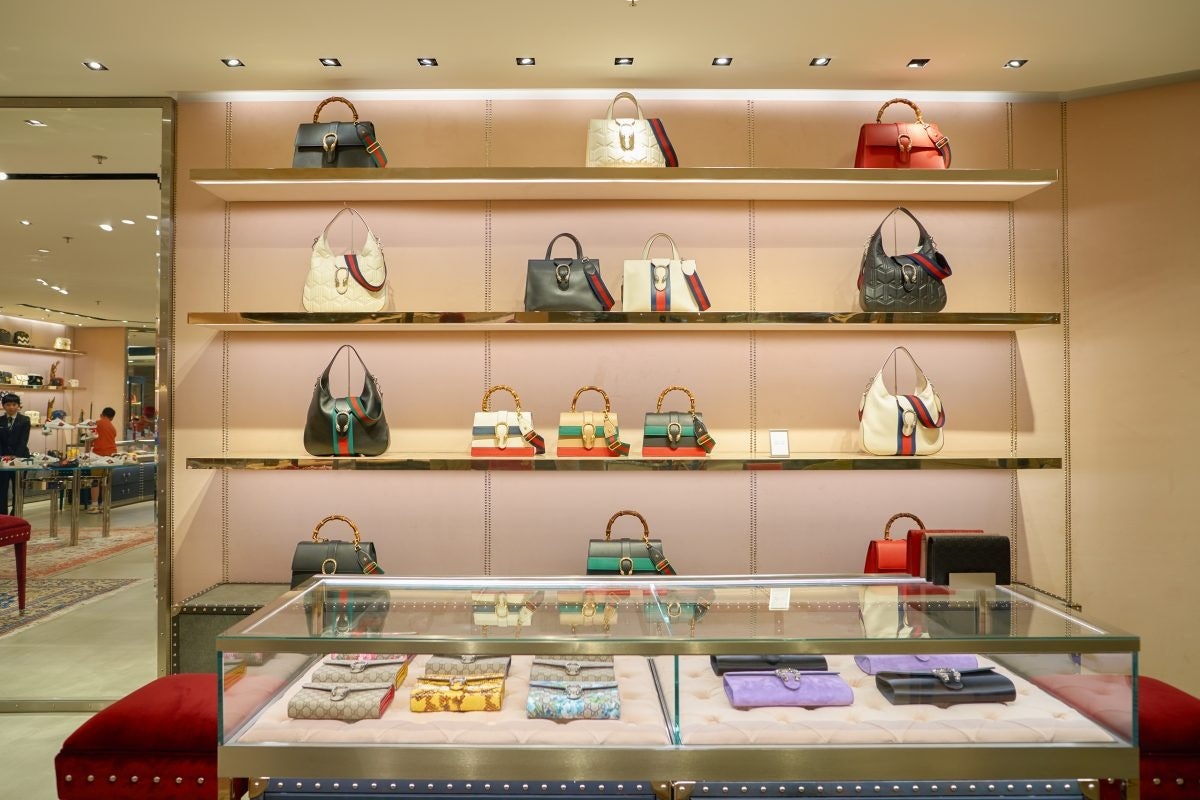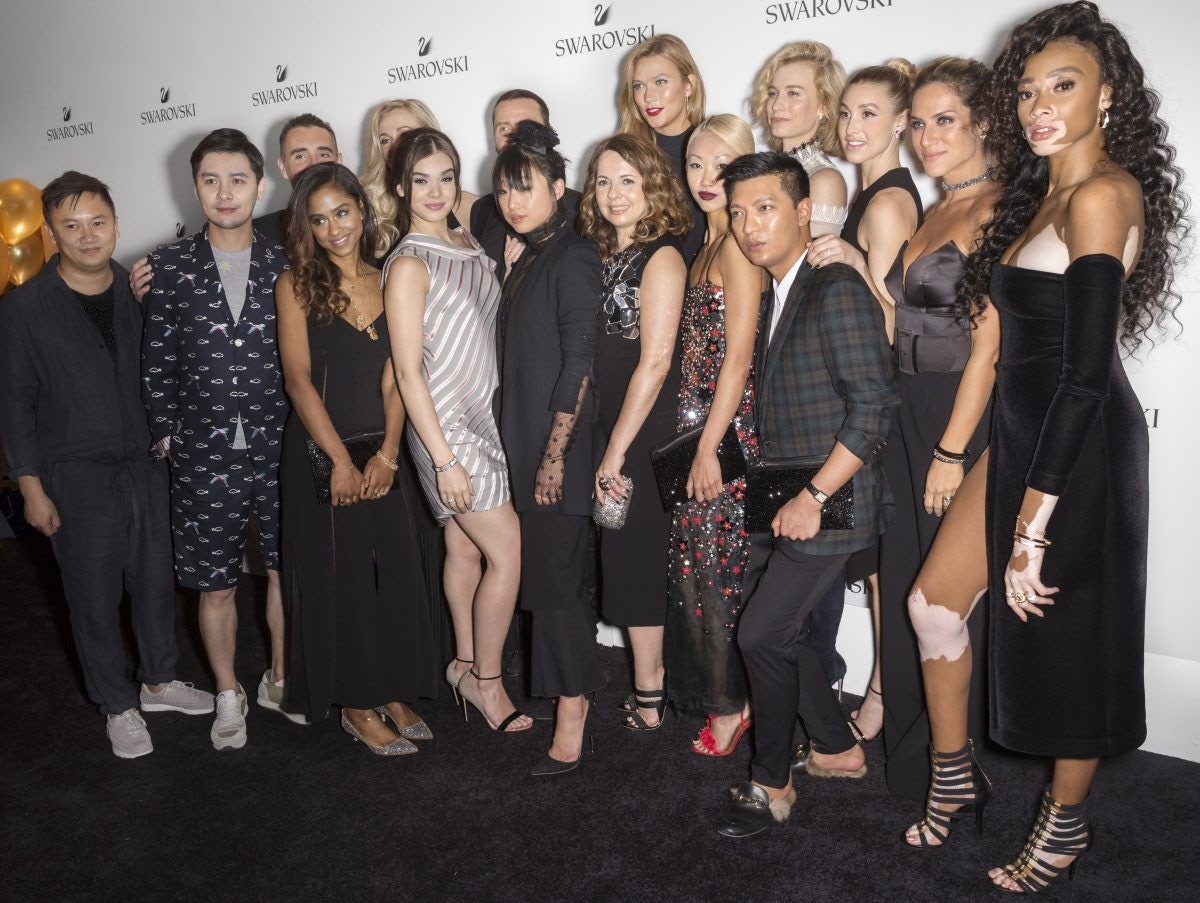From Louis Vuitton’s Monogram patterns and Hermès’ Birkin handbags, to Mulberry’s Bayswater series, luxury brands' classic pieces not only once defined the essence of each mega-brand, but also served as a key source for growing sales and profits. However, a recent report by French investment firm Exane BNP Paribas suggests that maturing Chinese luxury consumers are now looking beyond the classics for more innovative products.
According to the report, Chinese luxury goods buyers have transformed from the so-called “virgin” consumers to become established clients in recent years thanks to China’s growing exposure to the global luxury market. The change of consumers’ understanding and knowledge levels of the sector thus makes innovation an imperative task for luxury brands if they hope to catch up with their evolving tastes.
The report further categorizes the innovative approaches that have been taken so far by different brands into three types and explains the pros and cons of each one.
The first approach that has been experimented by big names such as Gucci and Yves Saint Laurent (YSL) is called “Make-or-break full blast”. Looking at the designs of Gucci after it appointed its new creative director Alessandro Michele in late 2015, it is not hard to understand that this type of innovation means luxury brands are totally departing from their previous design style and ushering in new aesthetics. When it plays out correctly, it has the power to boost the performance of brands immediately.
BNP Paribas writes that this approach comes with huge risks in both the short-term and long-term. In the short-term, it will become overly costly for brands if the new design does not win over consumers. In the longer-term, this strategy will also wear the brand out when the effect of its initial launch fades away. Even though Gucci is still ranked highly among Chinese consumers’ most-wanted luxury brands, some industry experts have expressed their concerns over the longevity of this turnaround.
Incrementalism represents another approach to innovation and has been adopted widely by luxury powerhouses like Fendi and Prada. This strategy does not eliminate the core values or look of the brand, but embraces change gradually. Needless to say, it is safer than "make-or-break" innovation, but it also requires brands to be able to know where and to what extent they want to apply new elements. The report cited the incremental changes made by Prada to its classic Saffiano series as a wrong example under this approach, as the adaptations were all so similar that they could be "overlooked or judged too shy by consumers who had already bought Prada in the past."
What stands in between the above two approaches is the “capsule-driven” model, and French luxury brand Louis Vuitton has been a pioneer of it. According to the report, the 163-year-old heritage brand has successfully renewed Chinese consumers’ interest after it lost steam about five or six years ago through pushing out new collections and product lines, including “Capucine” and “Lock me”. Its collaboration with the street fashion brand Supreme has also attracted many Chinese millennial consumers. However, Louis Vuitton’s latest collection “Masters”, in collaboration with pop artist Jeff Koons, has been met with lukewarm reviews from Chinese consumers.
The BNP Paribas report authors expect that the global luxury market will be more difficult in the future and “the newness imperative is one of the most important challenges they will have to tackle.” As China has been at the forefront of luxury goods consumption, the country is poised to become one of the most significant grounds for testing out all kinds of innovation strategies and designs by luxury brands in the future.


